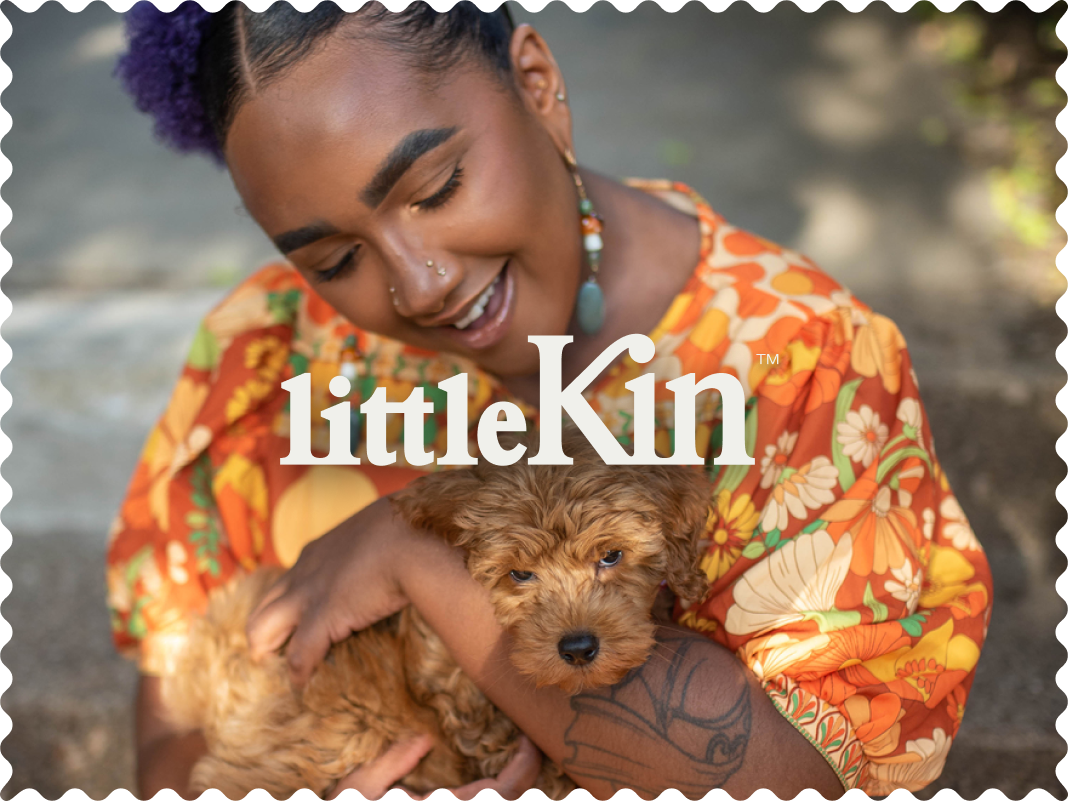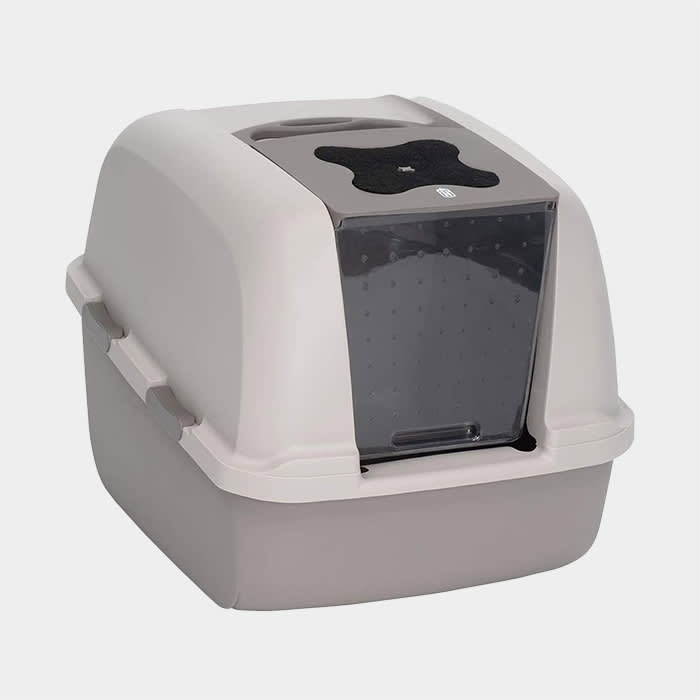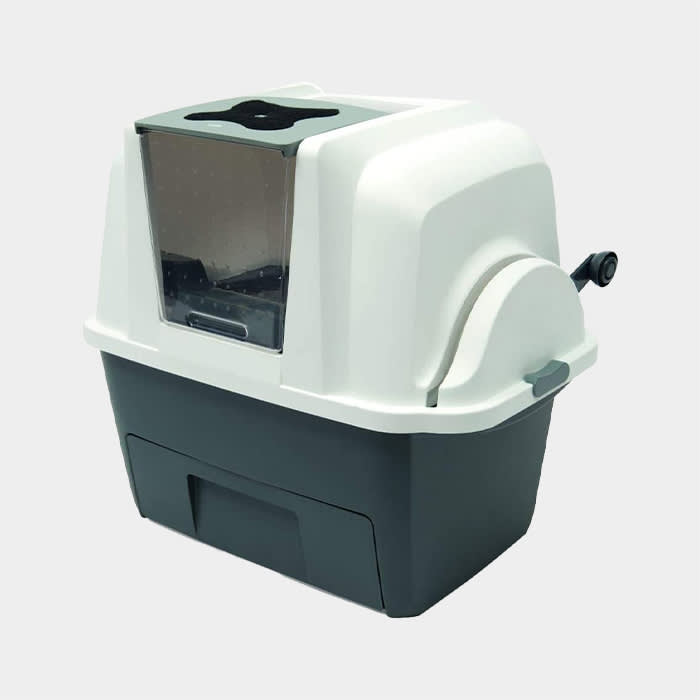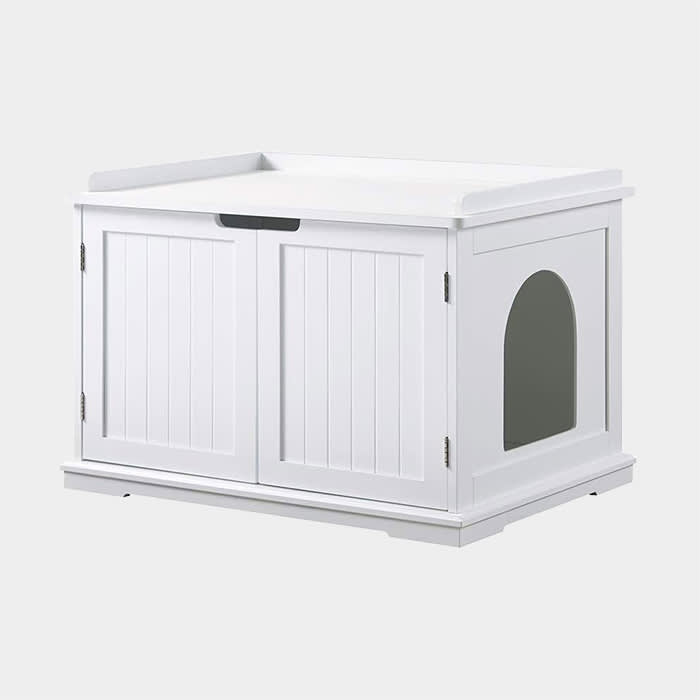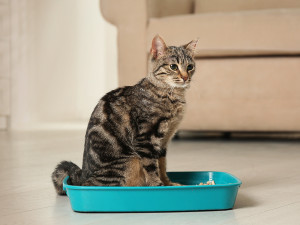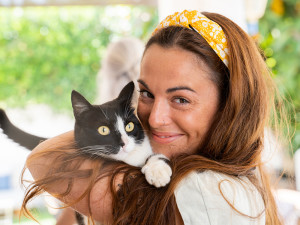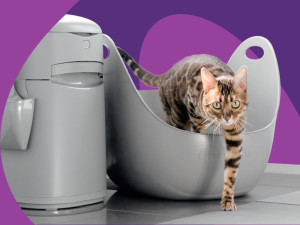5 Litter Boxes Your Cat (Probably) Won’t Reject
Think like a cat when choosing a litter box... so you can go back to not thinking about litter boxes

Share Article
Your cat has opinions – maybe even enough of them to leave unpleasant, non-verbal messages lying around to get your attention. We know, we’d all be relieved if we never had to think about our cats, er, relieving themselves. But our litter box preferences don’t always align with our cats’. Such is the feline condition. Because your sweet cat can quickly morph from somewhat miffed to a full-on weeing machine, it’s worth knowing what works for your cat and why.
How to choose the litter box that is right for you and your cat
What size cat litter box do I need for my cat?
When it comes to litter boxes, think like a cat. Both the size of your cat and the number of cats in your household matter.
“The main rule of thumb for litter boxes is to have one more than the number of cats,” says certified animal behaviourist Ruby Leslie. “That means two boxes for one cat, three boxes for two cats, four boxes for three cats and so on. This helps decrease the potential for urinary problems and competition over resources.”
Your cat should also be able to move around and get comfortable inside the box without feeling cramped. A larger cat will need a wider, longer box, while a kitten may prefer a shallower tray that’s easy to step into. Consider your available space too – ideally, boxes should be spread out rather than clustered together, giving cats more options and privacy.
What type of cat litter box is best?
There’s no one-size-fits-all answer, but your choice should match both your cat’s personality and your household needs.
Open boxes are simple, affordable and offer excellent ventilation. Cats often prefer these because they can see their surroundings and avoid feeling trapped.
Covered boxes can contain mess and odours more effectively, but they’re not always a hit with cats. “A litter box with a cover or lid can trap in smells, which could deter cats from using the box,” Leslie warns.
Self-cleaning boxes might seem convenient, but they come with a catch: the sudden noise and movement can scare some cats off. “All cats are individuals, but it’s a pretty safe bet that the noise from an automatic scoop box will trigger their fight or flight instincts,” says Leslie. If you do choose a tech option, look for one with quiet operation and give your cat time to adjust.
Traditional trays remain a reliable option: they’re easy to clean, cost-effective and let you monitor your cat’s health more easily.
How much does a good cat litter box cost?
Prices vary depending on size, features and design, but you don’t have to spend a fortune.
Budget options (£5-£15): basic open trays, suitable for kittens or households with multiple boxes.
Mid-range (£20-£50): sturdier designs with covers or higher sides to reduce scatter, plus better materials for easier cleaning.
Premium (£60-£200+): large, stylish boxes with odour control features, built-in liners or self-cleaning mechanisms.
If you’re investing in a self-cleaning box, expect to pay at the higher end of the scale. Always factor in the cost of liners, filters or special litter types if required.
What safety features should I look for in a cat litter box?
Your cat’s health and comfort should come first. Look for boxes made from non-toxic, durable materials that won’t leach chemicals into the litter. Stability is also key: wobbly boxes can make cats nervous and lead to accidents outside the tray.
Easy cleaning is another essential safety feature. Smooth surfaces, removable lids or panels, and minimal nooks help prevent bacteria build-up. Remember that hygiene is crucial for cats – “They hate dirty toilets as much as we do, maybe more,” says Leslie. A clean box reduces the risk of urinary issues and ensures your cat will keep using it.
Do I need a covered or uncovered litter box?
This often comes down to your cat’s personality. Uncovered boxes offer excellent accessibility and ventilation, making them ideal for most cats – especially those that dislike confined spaces.
Covered boxes can give cats a sense of privacy and help contain mess, but the trapped odours can be a downside. Some cats love the privacy; others avoid them entirely.
If you opt for a covered box, choose one with a wide, easy-to-access entrance, and clean it regularly to prevent smells from building up. For multi-cat households, uncovered boxes placed in quiet, low-traffic areas are usually the safest bet.
The top 5 Kinship-reviewed cat litter boxes
Our editors (and their pets) picked out these products. They’re always in stock at the time we publish, but there’s a chance they’ll sell out. If you do buy through our links, we may earn a commission.
Best overall
Best budget
Best self-cleaning
Best for preventing mess
Best aesthetic

Cory and Jane Turner
Cory and Jane are daughter-mother partners in just about everything including co-founding Dogly, a platform for pets and their people to live well together. They’re parents to a family full of magical rescue dogs and a bossy street cat from Shanghai who are their resident muses, testers of all things, and advisors on the meaning of life.
Related articles
![Maine coon cat using the litter box.]()
Uncovered Secrets: Why Cats Don’t Always Cover Their Poo
And how you can encourage them to cover up after doing their business
![Cat sitting in a teal litter box]()
Mastering the Art of Litter Box Training: How to Train Cats to Use a Litter Box
If you do nothing else, teach your cat to poo in their litter box (and not in your shoe)
![Woman holding her black and white cat.]()
The Ultimate Shopping List For Your New Cat
Here are all the new cat essentials you need, recommended by real pet parents
![Cat looking at the camera while steeping out of litter box next to a Litter Genie with abstract purple shapes in the background]()
How the Litter Genie Made Me a Better Cat Dad
The Litter Genie prevents daily scooping, plastic waste and the sights (and smells) of a full litter box
